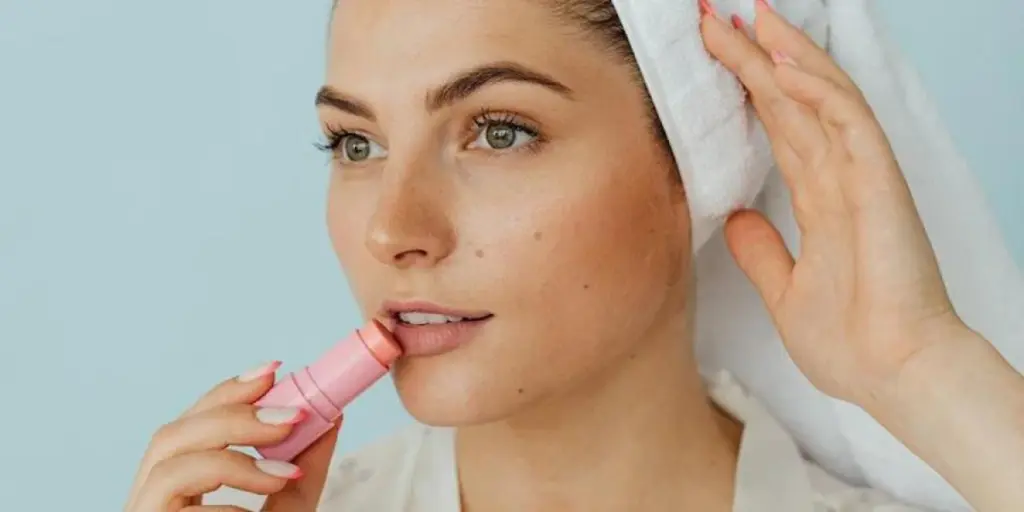Recent innovations in K-beauty provide trends capable of enhancing overall beauty. Brands in this niche are ready to share to latest creative formats and skincare ingredients driving the market’s potential.
Consumers love using products to reduce visible signs of aging or counter it completely. But they also want those with science-backed skincare results. These K-beauty trends deliver all in one package.
Explore five emerging trends in the South Korean market inspiring overseas and domestic product innovations. Also, keep scrolling to uncover the market size of the K-beauty industry.
Table of Contents
What is the market size of the K-beauty industry?
5 K-beauty skincare beauty trends that will rock 2023
Bottom line
What is the market size of the K-beauty industry?
Globally, the K-beauty products market amassed an $8.30 billion value in 2021. Experts expect the industry to generate up to $18.32 billion in revenue by 2030. They also predict it will expand at a CAGR of 9.2% over the forecast period.
K-beauty skincare products provide many benefits, including hydration, health, and brightening effects. These positive factors, combined with the Korean history of utilizing harsh-free, natural, and unique ingredients, contribute to this market’s growth.
In addition, the K-beauty industry embraces new developments, which helps to keep the market fresh and engaging. Asia Pacific and North America are expected to hold dominant positions on the regional level. Experts predict Asia Pacific will grow at a CAGR of 8.3%, while North America will expand at a CAGR of 10.5%.
5 K-beauty skincare beauty trends that will rock 2023
Hair aware: new haircare priorities
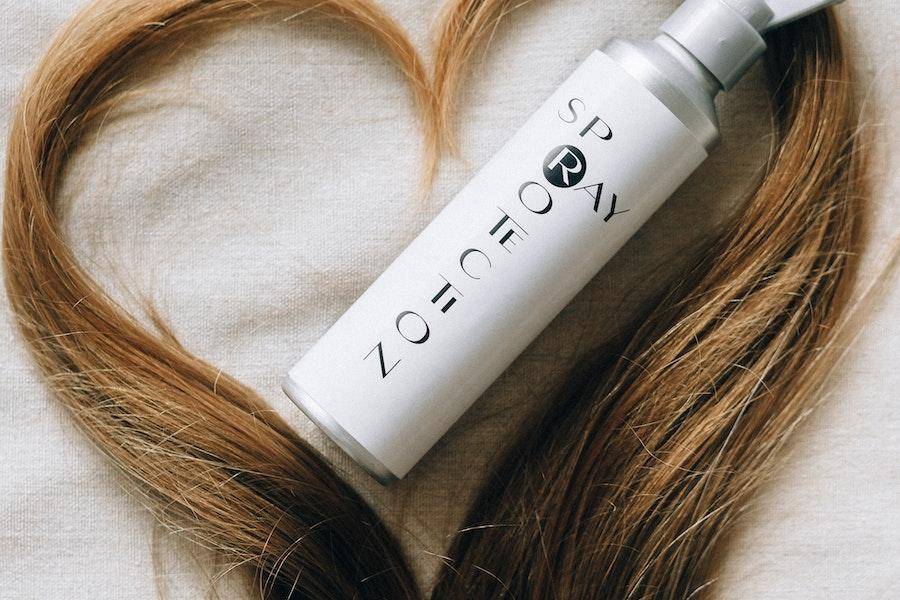
Hair growth products are top items that are always in demand. Many consumers fear hair loss, greying, and thinning, and brands are pushing innovations to counter these problems. In Asia Pacific, covering white or grey hair presents one of the most lucrative options for haircare items. Demands for hair coverage even surpass that of anti-hair fall collections.
Anti-hair fall products were also a big thing in 2021. Businesses can draw inspiration from brands like LizK, the conceiver of Premium R. This brand centers on a natural fermentation process similar to those used by the women in Huangluo Yao village, China. LizK blends cutting-edge technology with vinegar to produce a unique ingredient with hair-darkening properties.

Scalp health is another actionable aspect of K-beauty haircare. Businesses can consider adding scalp health to their formulation process, allowing their products to provide a base for hair growth and health. Attract Lazy Skinimalist consumers with premium, salon-grade ingredients. Lash growth formulations can also present businesses with more profit opportunities.
Below-the-belt beauty: intimate skincare
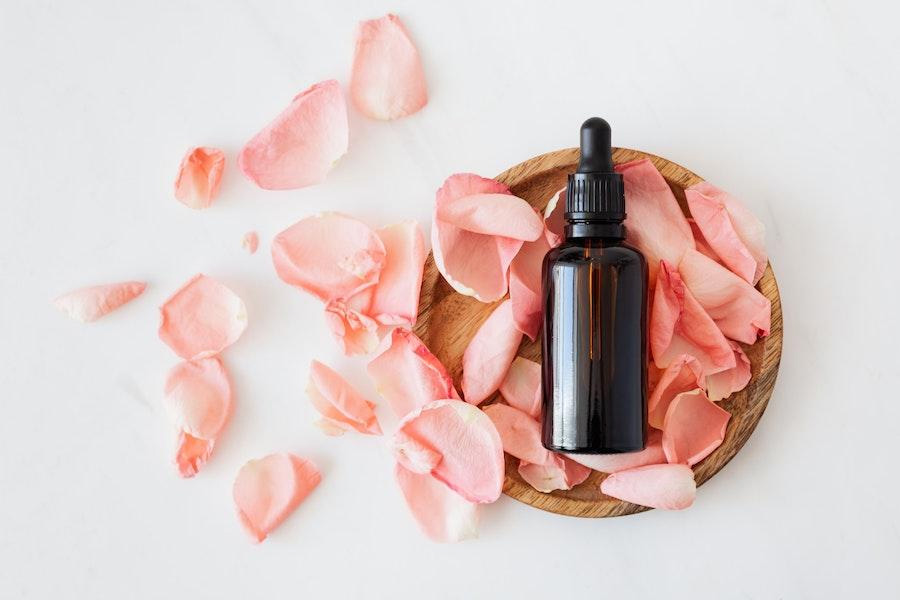
The rising awareness around sexual wellness and health creates new business opportunities in K-beauty personal care. There’s plenty of room for innovation since this category has limited product offerings, and K-brands are up for the challenge. In addition, consumers are turning away from wash products and ingestible items that may disrupt vaginal flora.
2022’s K-beauty Expo saw many brands providing innovative solutions for various intimate wellness needs. For example, Pantoc’s probiotic feminine hygiene powders encompass ingredients to help improve vaginal health. The brand’s FDA-approved powder directly supplies lactobacillus when consumers apply it on sanitary pads or underwear.
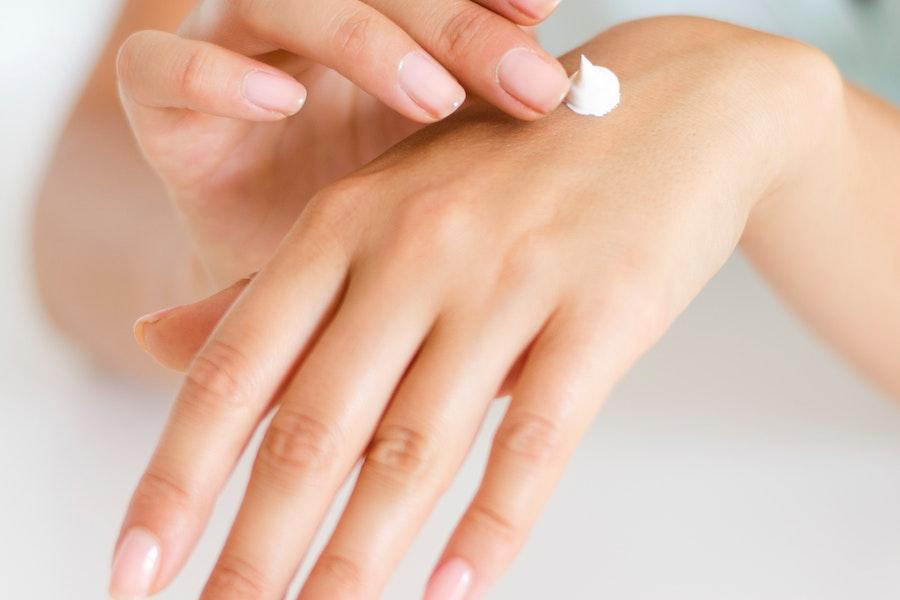
Consumers need more than wipes and low-pH intimate washes. Consider investing in formulations accounting for various hygiene and personal health concerns. Demands will continue gravitating toward clean and safe sexual care products. Convenience and portability are other factors businesses can expect to drive customer preference.
‘Notox’ skincare: for tweakment-like results

Noninvasive aesthetic procedures are on the rise as consumers embrace the tweakment culture. Many customers perform procedures to improve specific body parts. However, they can be painful and expensive. ‘Notox’ skincare copies these effects but eliminates the associated cost and pain.
The K-beauty Expo 2022 witnessed brands leverage technology and medical research to create pain-free and quick-delivery cosmeceuticals. Products like micro-needle patches provided an easy way to get transdermal ingredient delivery. Brands like Acropass utilize this technology to deliver sodium hyaluronate, cayenne pepper, and acetyl octapeptide-3 extracts. In addition, consumers can apply these patches on the lips to replicate a lip filler effect.
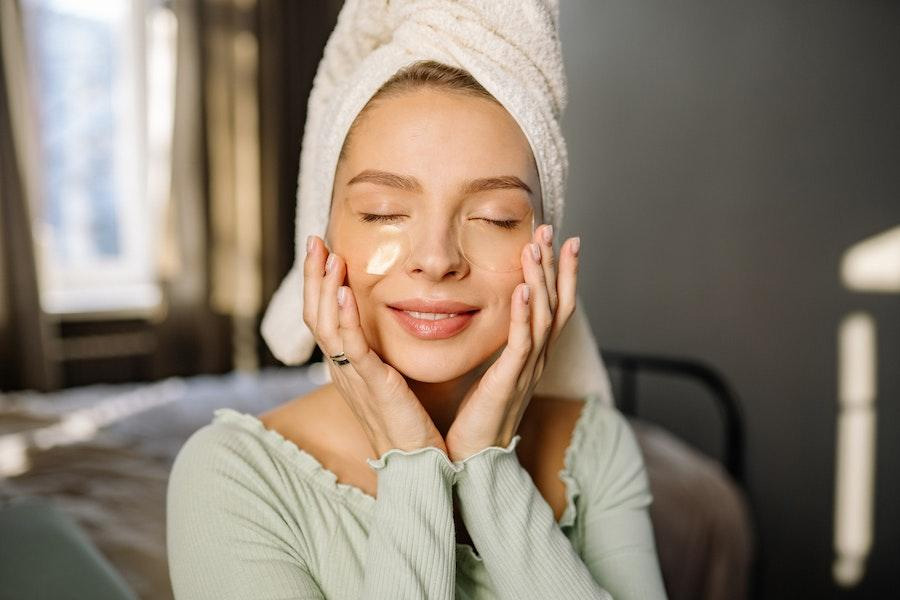
Businesses can leverage this K-beauty trend by focusing on ingredients with instant delivery and high-performance results. These materials are ideal alternatives to invasive procedures, and consumers love them. For instance, epidermal growth factor (EGF) is a widespread skincare alternative to Botox, making it an ideal ingredient for investment.
K-ingredients: a new meaning to made in Korea
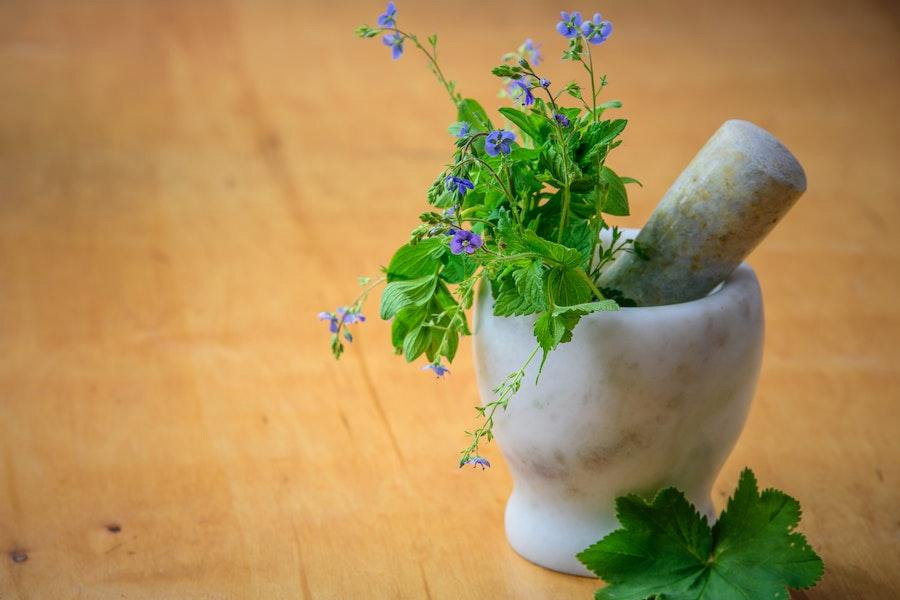
Limitations from the pandemic affected global supply chains and forced K-beauty brands to source ingredients closer to home. This move redefined the meaning of “made in Korea” as emerging brands utilize region-inclusive materials. Brands sourcing local products reduce carbon emissions and enhance domestic economies.
In addition, products made from locally-sourced ingredients have fewer chemical treatments, and consumers deem them fresh. The K-beauty Expo’s vegan brand The Pure Lotus boasted 100% local botanicals on all its products. The brand harvested its white lotus leaf extract from a Buddhist temple pond and its Jeju complex 9 from a blend of Jeju Island’s natural ingredients.
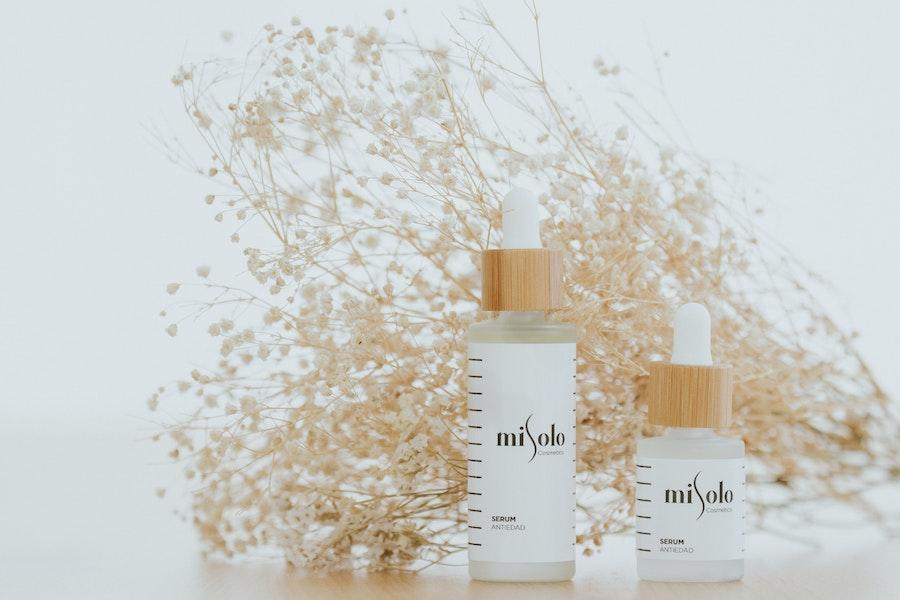
Follow this trend by swapping standard active ingredients for locally sourced alternatives. Brands can draw inspiration from traditional and regional processing techniques to help enhance material potency. Additionally, tapping into upcycled ingredient models will help businesses discover various skincare functions from domestic food items.
Skintelligent solutions: a new age of personalization
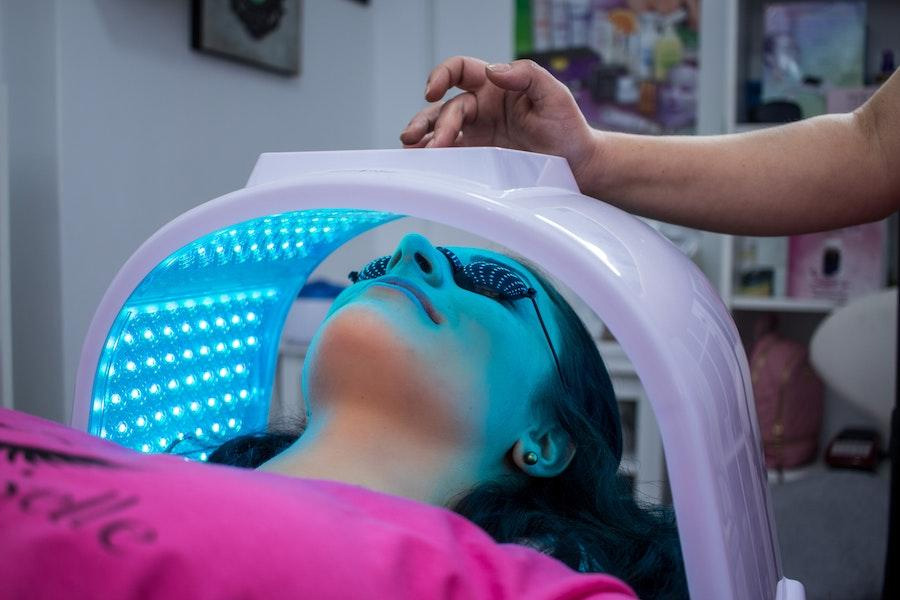
One unbelievable theme showcased at the K-beauty Expo 2022 is skin analysis technology. Many K-brands adopted this technology to predict future skin changes, detect recurring issues, and better understand their consumers’ skin. Skintellingent solutions result from advances in biomarker sensing technologies and microbiome analysis, allowing for more sophisticated and personalized product offerings.
Incorporating skin analysis technology also enriches consumer experiences. Draw inspiration from brands like Pie’s Janus Pro. This K-beauty brand utilizes an advanced camera lens to take high-definition images of the shopper’s face.
The camera also analyzes skin textures, like oil & moisture levels, UV damage, tone, and other facial features. In addition, consumers can get their report with skincare tips and recommendations when they download the brand’s app.

Leverage innovations that take cosmetics to the consumers. Businesses can invest in technology that offers products according to consumer lifestyle and location.
Bottom line
Catering to specific personal care and health concerns shows more potential than universal products in 2023. Locally sourced ingredients offer more advantages and make products unique enough to stand against global competitors.
In addition, drift toward products offering fast, tweakment-like results to profit from rising demand. Brands can gain consumer trust by acquiring proof of efficacy, safety accreditations, and science-backed formulas.
Cosmetic brands must get inspiration from these K-beauty skincare trends to make irresistible product offerings in 2023.
